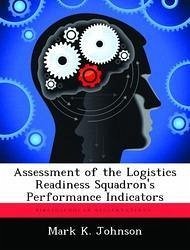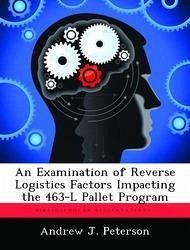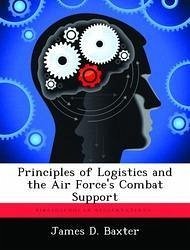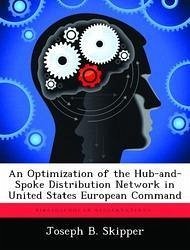
Designing Bare Base Systems for Logistics Efficiency in the Joint Operational Environment
Versandkostenfrei!
Versandfertig in über 4 Wochen
52,99 €
inkl. MwSt.
Weitere Ausgaben:

PAYBACK Punkte
26 °P sammeln!
In 1991, Operations DESERT SHIELD and DESERT STORM marked a milestone in joint and coalition operations. However, it also highlighted interoperability issues, which subsequently drove joint doctrine, tactics, and concepts of operations. Today, the Department of Defense's (DOD) transformation is hurtling the services past interoperability towards joint interdependence, but they are not there yet. Capability seams and gaps create sub-optimal efficiency and compel the services to pursue organic capability that when aggregated, results in an overly redundant structure.2 This mindset has driven a s...
In 1991, Operations DESERT SHIELD and DESERT STORM marked a milestone in joint and coalition operations. However, it also highlighted interoperability issues, which subsequently drove joint doctrine, tactics, and concepts of operations. Today, the Department of Defense's (DOD) transformation is hurtling the services past interoperability towards joint interdependence, but they are not there yet. Capability seams and gaps create sub-optimal efficiency and compel the services to pursue organic capability that when aggregated, results in an overly redundant structure.2 This mindset has driven a service-centric approach to bare base capability and resulted in capability overlap and logistics inefficiency. Considering the fiscal struggle to transform and re-capitalize military forces, it is imperative that the DOD find operational efficiency from the simplest to the most sophisticated weapon system. While not glamorous, bare base capability is a critical enabler to expeditionary operations, which in turn, is critical to United States' National Security and Defense Strategies. Therefore, in the context of a joint operational environment, the services' goal should be to present a combatant commander with effective bare base capability at the least cost.












